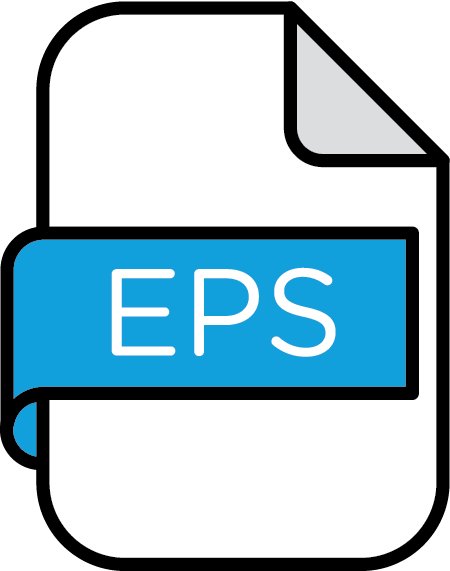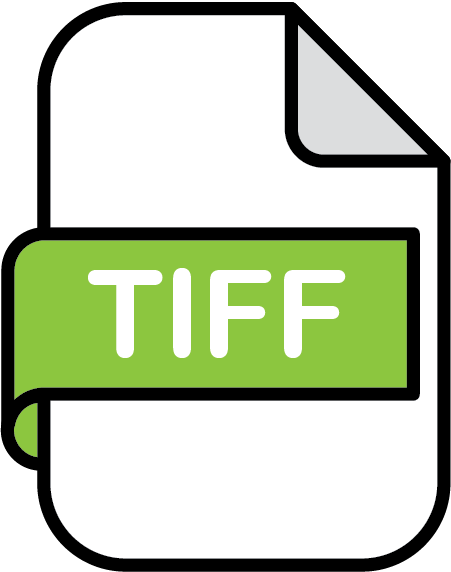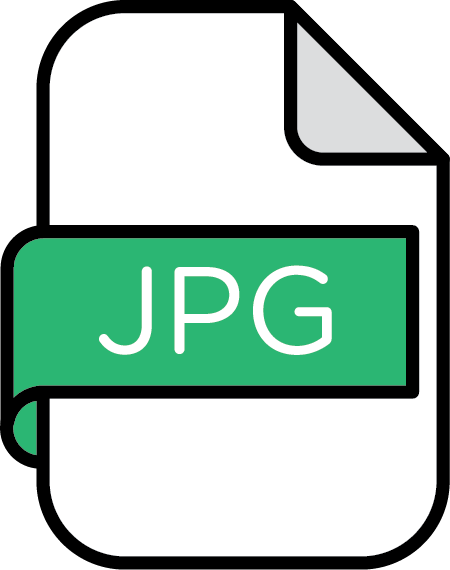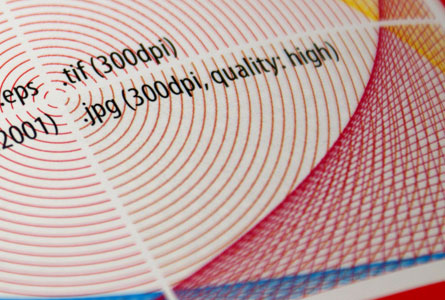BEST FILE TYPE FOR PRINTING AND BRANDING
Sending the wrong sort of files to the printers can have a pretty big negative impact on your finished products. We hope to explain it all a little so this won't happen to you.
|
VECTORS |
 |
BITMAPS |
|||||
 |
 |
 |
 |
 |
 |
 |
|
Vectors
You are best off saving vector artwork (the sort of stuff from Illustrator) as an EPS, PDF or AI file. In this photo you can see why PDFs (bottom left) and EPSs trump TIFFs and JPEGs every time for vector stuff.

Even at 300dpi the TIFF and JPG don't handle this vector graphic nearly so well. They have to convert it to pixels, and in this situation it shows.
Bitmaps
TIFFs, JPEGs and even PSDs are what you should be saving your bitmap files as (the sort of things created in Photoshop).
TIFFs and PSDs are lossless. You don't lose any quality by saving a file as a TIFF or PSD.
JPEGs Problems
JPEGs normally lose quality when you save them but take up a lot less space on your computer. A very high quality JPEG is often not a lot different to a TIFF or PSD, but it does very much depend on the sort of image you're saving.
A TIFF or PSD is normally a better option than a JPEG. But if you've been supplied with a JPEG, from a camera or stock photo website, and you're not modifying the image then you will gain nothing from saving it as a TIFF or PSD. A TIFF or PSD cannot create detail where there was none in the first place. But a JPEG can remove detail where once there was some.

There's a couple of thing to notice in the pictures here related to JPEGs. Firstly, JPEGs can't handle spot colours. So when this JPEG was saved it converted the Pantone colour into a CMYK value. Secondly, the white space in between the red lines on the JPEG is filled with a very subtle yellow/grey tint. This is due to the compression.
Types of printers and branding methods
The types of file always depend on types of branding (screen-printing, embroidery, emboss…). It depends a lot on where you print, what printer will be used for the task and what you need to do with the files. For example, if your branding method is embroidery, the branded logo can be accomplished just as well with a clear raster file such as a JPEG as it can with vector-based artwork. So, if you’re struggling providing a Vector file, no problem. We’ll be happy to help get your artwork into the correct format to produce high quality prints.
Remember, we’re here to help.
Summary
 |
 |
 |
 |
 |
 |
 |
|
 |
 |
 |
 |
 |
 |
 |
Vectors: EPSs, PDFs and AIs
Bitmaps: TIFFs, PSDs and sometimes JPEGs, PNGs
.png)

























.png)




